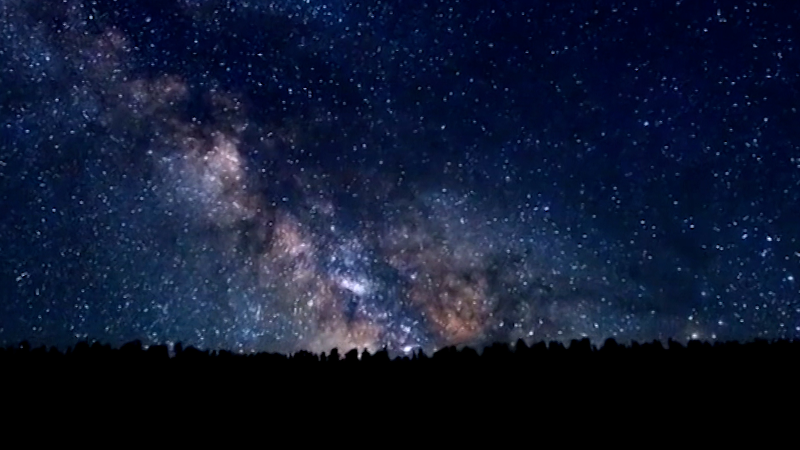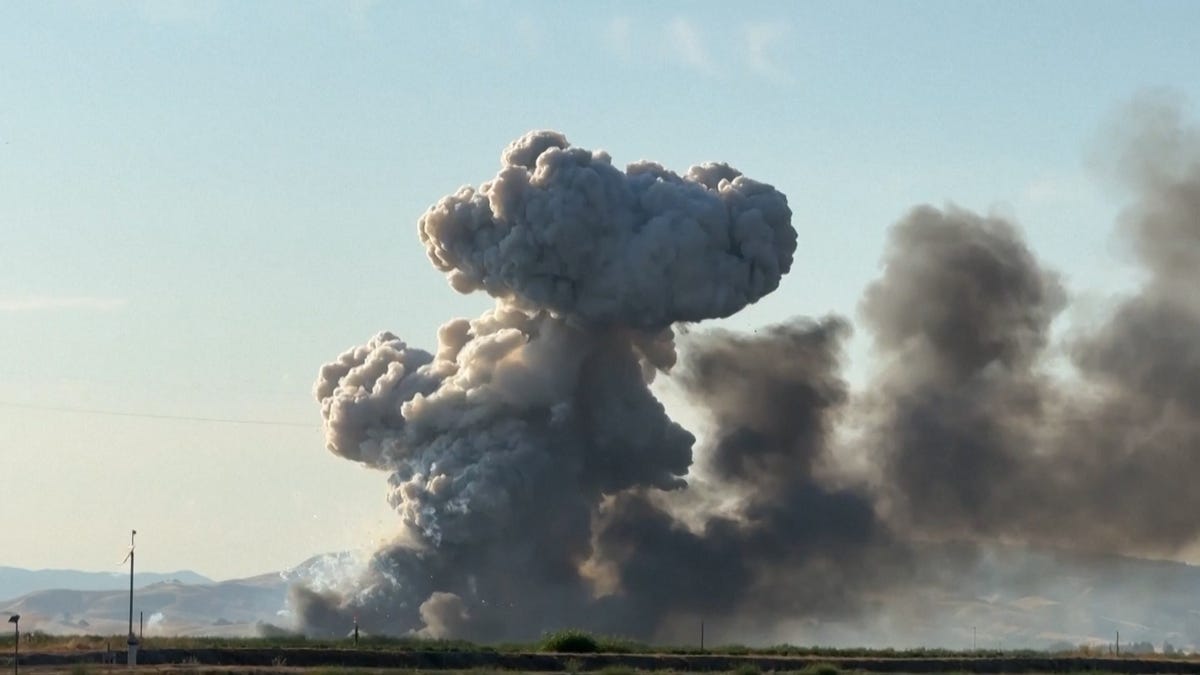
Top astronomy events for July 2025
Two meteor showers and the return of the Milky Way make up the top astronomy events for July. Mark these events down on your monthly calendar!
Summer is officially in full swing and with it comes a feast of astronomical events for enthusiastic stargazers and casual observers alike.
Eclipses, meteor showers and opportunities for planet viewing are among the space phenomena we can expect to see in the coming months, with July’s full moon coming up next on the list.
Like other full moons throughout the year, July’s has a nickname, the “Buck Moon,” believed to have been originally conceived by the indigenous peoples of North America.
Hoping to catch a glimpse? Here’s what to know.
When is July’s full moon?
July’s full moon, often called the “Buck Moon,” will occur on July 10, 2025.
Why is it called a ‘Buck Moon?’
Like other colloquial names for moon phases and astrological events, the “Buck Moon” is named after a significant natural phenomenon that happens around the time it appears full in the sky. The term likely originated with local native American tribes, according to the Farmers’ Almanac.
July’s full moon coincides with the time during which the antlers of male deer, known as bucks, are growing after their annual shed. While they begin sprouting in spring, they are at the peak of the process during this time, growing as fast as one-fourth of an inch per day, or one-and-a-half inches per week during this period.
What are the names of other full moons throughout the year?
According to the Old Farmer’s Almanac, other popular nicknames for monthly full moons include:
- Wolf Moon (January)
- Snow Moon (February)
- Worm Moon (March)
- Pink Moon (April)
- Flower Moon (May)
- Strawberry Moon (June)
- Sturgeon Moon (August)
- Corn Moon (September)
- Hunter’s Moon (October)
- Beaver Moon (November)
- Cold Moon (December)
What’s the best way to see the Buck Moon?
A full moon can be seen clearly with the naked eye. To see the Buck Moon, stargazers can look toward the southeast when the sun goes down.
Tim Brothers, Massachusetts Institute of Technology technical Instructor and observatory manager, previously told the USA TODAY Network that, like with any case of stargazing, you can see much more clearly with a good telescope or a pair of binoculars.






